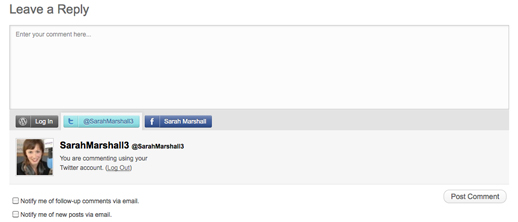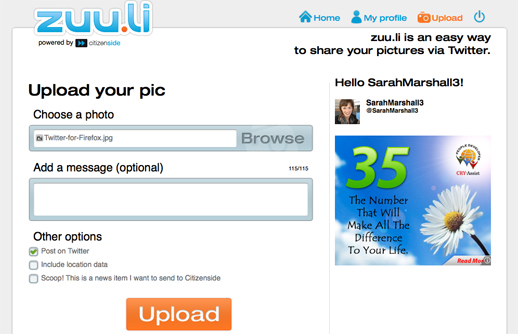TechCrunch has revealed LinkedIn is now sending the site more referral traffic than Twitter.
Much of the traffic appears to be down to referrals from LinkedIn Today, a collection of articles shared by your connections – including via Twitter – but a quick look at the number of clicks a LinkedIn share button is acquiring suggests it is well worth adding.
TechCrunch’s post goes on to reveal this amazing fact:
The biggest stat of all is that a year ago, traffic coming from LinkedIn was 1/50th what it is today on a monthly basis.
So what changed? As far as we can tell, this is all about LinkedIn Today, the social news product the service launched back in March. It was around that time that was saw the first big bump in terms of traffic coming from LinkedIn. In March, it roughly doubled from February. Then April was pretty flat — it was still much higher than previously, but not growing. Then in May, traffic went up 5x. And in June, it more than doubled from that. The growth has been astounding.
Of course what’s perhaps most interesting about that is that LinkedIn Today is powered by Twitter. Twitter shared links determine what shows up on LinkedIn Today, but the traffic does not go back through Twitter.
Even more surprising is that the biggest traffic driver to TechCrunch is Facebook.
The truth is that if this were October of last year, you would have been right in thinking that Twitter was our top referrer in terms of social websites. But since that time, Facebook has far surpassed Twitter in terms of traffic coming our way each month. In fact, Facebook.com is now sends nearly double the traffic that Twitter.com does. This is probably due to the fact that last November, we added Elin, our excellent community manager, who curates and engages with people from our feed on Facebook. I also suspect it has to do with the rise of the like button. Ever since it was released last year, Facebook has been steadily referring more readers our way.
Speaking on today’s Journalism.co.uk #jpod on how journalists can best use Facebook pages Jack Riley, head of digital audience and content development at the Independent, explains how the Independent has seen an impressive growth in traffic to its news site via Facebook and how social referrals have overtaken traffic generated by search.
Riley states:
Just as we saw with the Google wave of the digital media revolution when everyone optimised their sites for search and SEO became a huge industry in its own right, now everyone is having to optimise their sites for social.
In the podcast Riley explains that this means adding open graph tags to articles so they are optimised for Facebook sharing.
But if your next step in social is adding LinkedIn share, here is how to add the button by copying and pasting a simple line of code.
TechCrunch’s post on its social traffic is well worth reading and is at this link.









